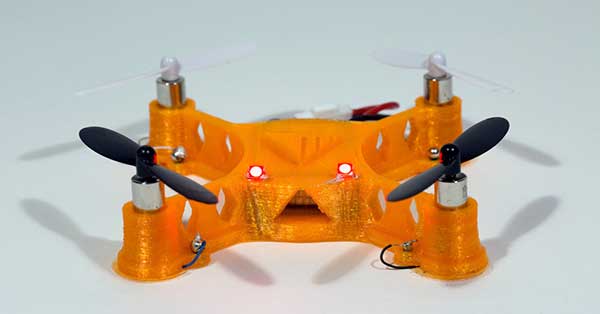One of the most important areas in 3D printing, and one of the most limiting factors in printing 3D objects, is the materials used. Recent breakthroughs in technology have seen the advent of 3D printing with carbon fibre, opening up new worlds for industry and consumers alike.
3D printing has been around for a while now, only reaching the consumer market recently, but it is still a developing technology. Aiming 3D printing at the consumer market presents a unique challenge to the technology. Perhaps the most important challenge it presents is working within the limits of consumable devices: cost, size, ease of use, and applicability to name a few.
The first three points on this list have been addressed and continue to be addressed, but it is breakthroughs in 3D printable materials that will determine new and exciting applications for 3D printing technology. The Mark One Composite 3D Printer addresses this aspect of 3D printing, moving it forward by leaps and bounds.
Carbon fibre and Kevlar are two of the strongest and lightest materials known to man. Both are used extensively in automotive and aerospace engineering, protecting our space shuttles and race cars from the strenuous forces exerted on them. It is on this sort of proving ground that these materials have demonstrated their utility and strength. Now they are able to be 3D printed into custom objects to reinforce them and give them astronomical structural integrity.
This opens up new realms of the types of objects able to be 3D printed, allowing for customisable parts that require strength as well as lightness. This is only the first step along what promises to be a new path in innovation. In future printers we may see this process refined even further, allowing for composite materials that exceed what is currently possible in terms of the structure and strength of 3D printed objects.



